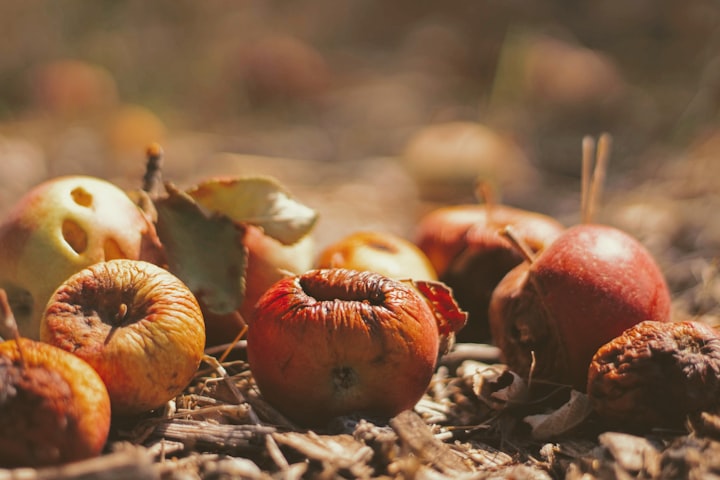7 Ways to Reduce the Amount of Food Waste at Home
Are you wasting food?

The planet is suffering from waste, especially now that many masks, gloves, and medical waste are being dumped everywhere, which are practically not recycled. Learn how to reduce food waste:
Plan the menu for a week and compile the product list
I always make up the menu for a week before I go shopping on Sunday. Here are two factors that help me reduce food waste.
First of all, I don't do impulsive shopping - I only buy what I need to prepare the dishes included in the menu. This does not accumulate in the refrigerator products that we did not use in cooking or because other ingredients are missing to cook certain dishes.
Secondly, planning helps me to use the products before they spoil. For example, I plan to cook pancakes for breakfast, for which I need a quarter of a packet of milk. Now it's up to me to decide what to make with the remaining milk, maybe a clafoutis?
When I make up the menu, I start with the products that I already have in the fridge or the kitchen cabinets and that could be spoiled soon. Initially, I think about what dishes I could use and what ingredients I need to buy, only then do I think about new dishes. Then they make a list of the products they go shopping with.
Use the ingredients alone
How well I prepare to go shopping for a week, I always have half a vegetable leftover, pans with washed and chopped greens, a tomato, some ripe fruit, and other ingredients, of which I can't prepare a single dish.
In this case, I use them for stews, soups, sauces, and smoothies - dishes for which the ingredients and their quantity are not essential.
Frozen food
Refrigerated storage is not the only destination of the freezer (although I regularly buy frozen fruit, vegetables, fish, and seafood).
The freezer extends the life of virtually any dish. Sometimes I freeze what's leftover from lunch or dinner. Sometimes I especially cook in larger quantities to freeze the food and then relieve myself of the worries of cooking. Well, not sometimes, I do that more often.
What do I have in the freezer?
- bags with portions of tomato sauce for pasta;
- ready-made soup bags;
- bags of broth for preparing soups, sauces, or for cooking cereals;
- casseroles with beans or boiled chickpeas;
- baked fish fillet pans;
- ready-made bags of pancakes or waffles;
- falafel;
- bags with portions of curry, chili, various stews;
- bags of leftover vegetables.
Products that will last less time in the refrigerator, such as butter, bread, grated hard cheese, and others, are also stored in the freezer.
Let's start with the leftovers for which we reserved an entire container in the freezer.
These are all the leftovers that we throw away without hesitation - green stalks, carrot peel and root, beets or onions, unused leaves, cabbage hammers, sweet pepper stalks, and much more.
I freeze them all in a big bag. When it fills up, I use them to boil a broth out of them. You already know what broth is used for - soups, sauces, and more.
Following the same principle, the bones for the meat broth or the remains of hard cheese for a cheese broth are kept.
Store products properly
If you store the products correctly, they will be stored longer. If some products spoil faster than we would like, I look for recommendations for storing them or life hacks.
I often face difficulties when it comes to preserving greenery. I am constantly experimenting with new methods - I wrap the greens in paper towels, keep them in a tightly closed package, keep them on the table in a glass of water at room temperature, separate the leaves from the stems and keep them in a closed container.
Ferment
Fermentation allows you to experiment! Pickled cabbage, pickled onions, kimchi, various pickles - just about any crunchy vegetable that can be eaten raw can be fermented (to avoid spoiling them).
It exploits the full potential of the product
We throw away many edible parts of the products. For example, it is not necessary to peel fruits or vegetables.
Pumpkin seeds can also be dried, fried, and used in salads.
Make compost
Food waste is unavoidable, but it can have an ecological and useful application being turned into compost. To turn them into compost at home, you need a cauldron that closes tightly and a special dry mixture based on bran, which will stimulate the process. There are special constructions for larger compost, which can be kept in the yard or behind the restaurant.
The finished compost is used as fertilizer - you can keep it for your garden if you have one or find people who will take it for their household.





Comments
There are no comments for this story
Be the first to respond and start the conversation.